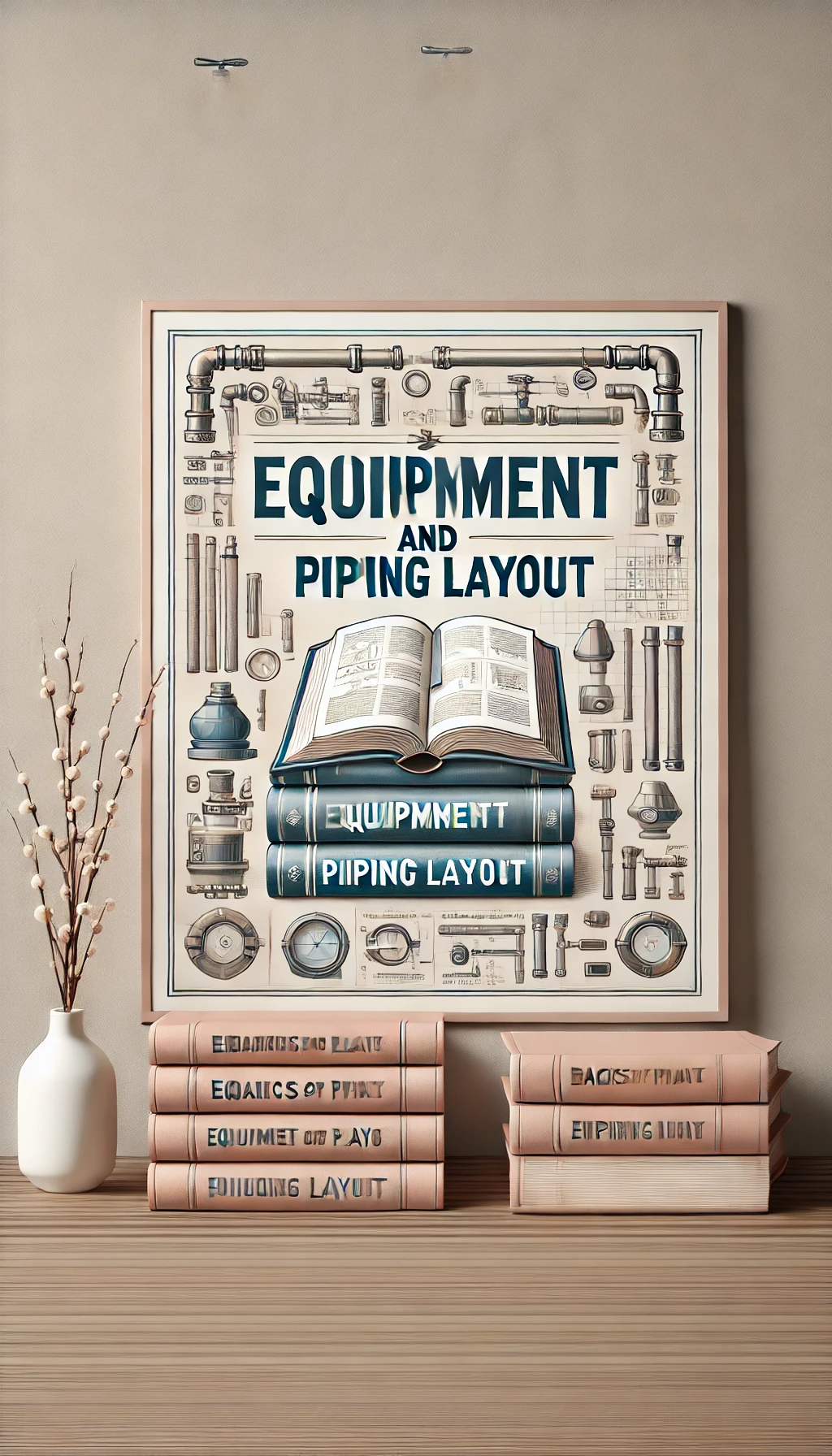Equipment and Piping Layout: Introduction
The equipment and piping layout is a critical aspect of engineering design in various industries, particularly in process and chemical engineering. It involves the systematic arrangement of equipment, pipelines, and other systems to ensure efficient operation, safety, and accessibility in facilities such as refineries, power plants, and manufacturing plants.
A well-designed layout considers several factors:
- Functionality: The layout must facilitate optimal workflow and processes, allowing for the efficient transfer of materials and energy between different equipment.
- Safety: Proper spacing and arrangement minimize the risks associated with hazardous materials and processes. Safety measures must be integrated into the layout to protect personnel and equipment.
- Maintenance: Accessibility is crucial for maintenance and repair tasks. The layout should allow easy access to equipment and piping systems for routine checks and emergencies.
- Regulatory Compliance: Designs must adhere to industry standards and regulations, ensuring that the layout meets environmental and safety guidelines.
- Cost Efficiency: A well-planned layout can significantly reduce material and labor costs while optimizing the use of space and resources.
In summary, the equipment and piping layout is fundamental for achieving operational efficiency, safety, and compliance in various engineering applications. Proper planning and design can lead to enhanced productivity and reduced operational risks.
Steps in Plant Design
The mechanical design and development of a plant involves three major steps:
1. Conceptual Layout Design
This initial phase focuses on developing an overall layout concept for the plant, which outlines the fundamental arrangement of major equipment and processes.
2. Equipment Layout Design
In this stage, the specific arrangement of equipment is planned to optimize space and facilitate efficient operation. While equipment arrangement can be integrated with piping layout design, it is often treated separately in large plants to allow for more detailed planning.
3. Piping Layout Design
This step involves designing the arrangement of piping systems, ensuring effective fluid transfer between equipment while considering safety and maintenance access.
Although these steps are distinct, they are interconnected. The plant layout can significantly impact cost savings in chemical plant design, ranking just below process and equipment design in terms of financial implications. The differences in capital costs between various layout options can be substantial. Furthermore, the plant layout influences ongoing operating and maintenance costs, leading to long-term benefits that affect overall profitability.
A poorly designed plant layout can have severe consequences for safety and operational efficiency. Insufficient space may lead to an overcrowded, unsafe environment that complicates operations and maintenance tasks. Conversely, an excessively spacious layout can result in unnecessary capital expenditures. Thus, striking the right balance in plant layout design is essential for optimizing both safety and cost-effectiveness.
